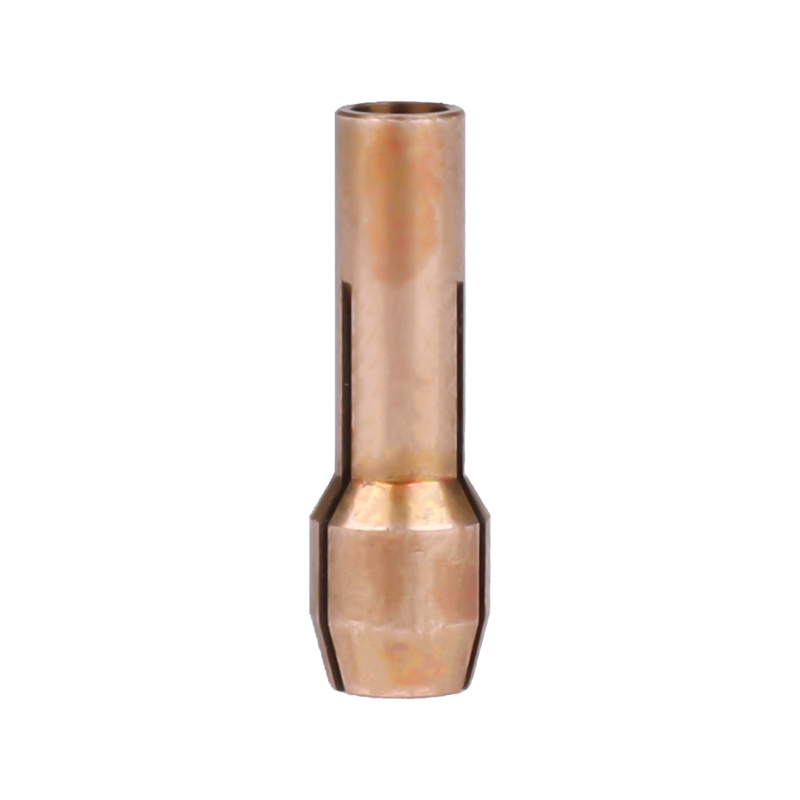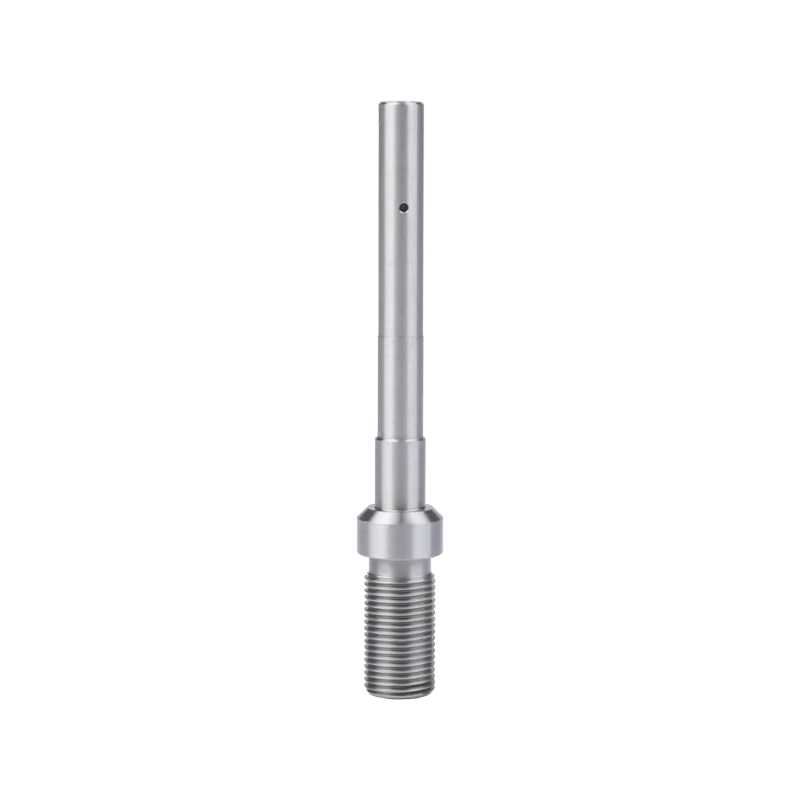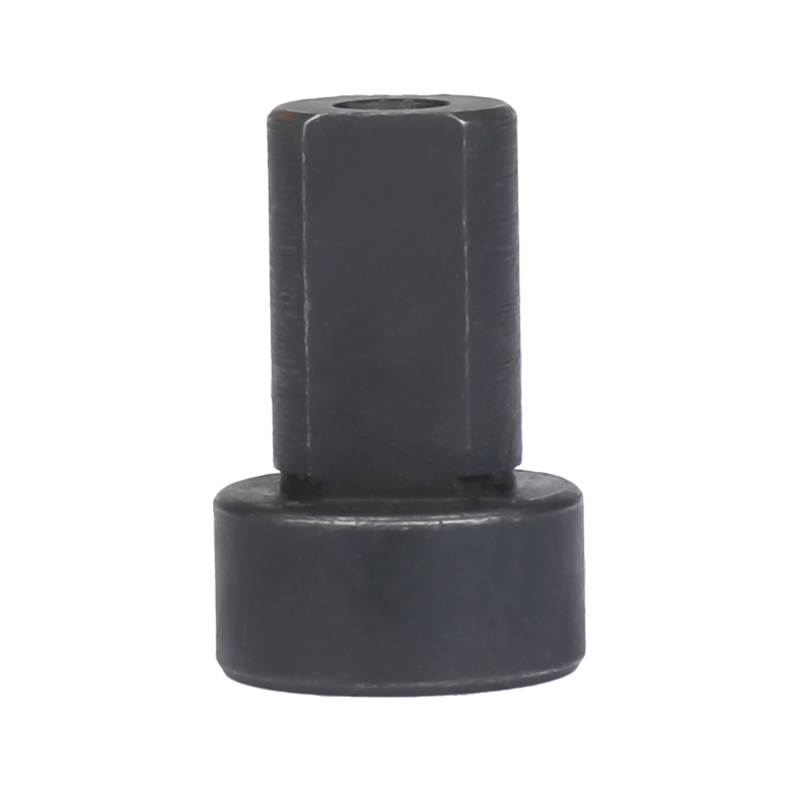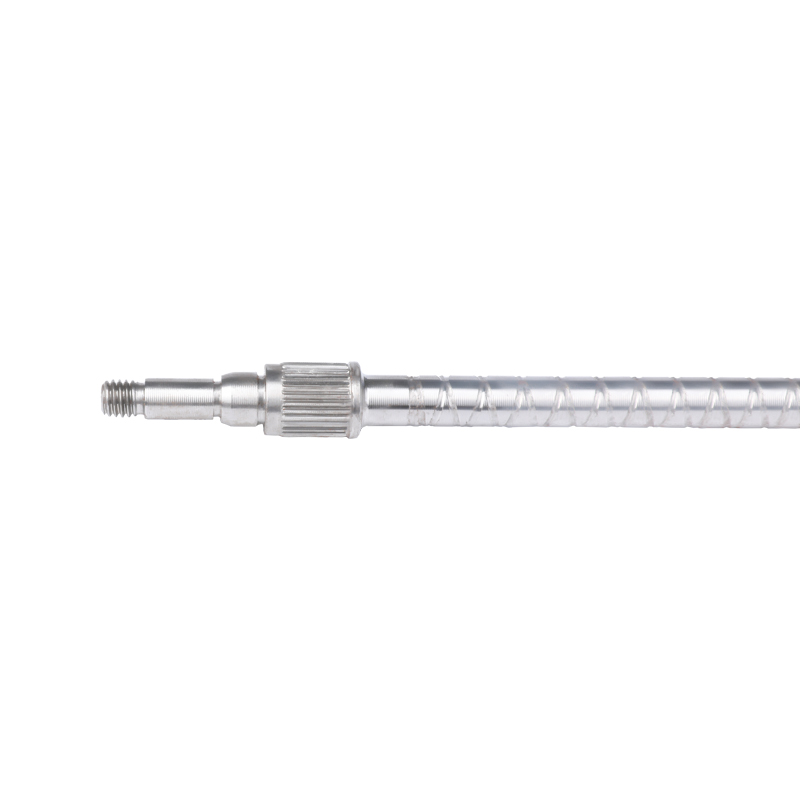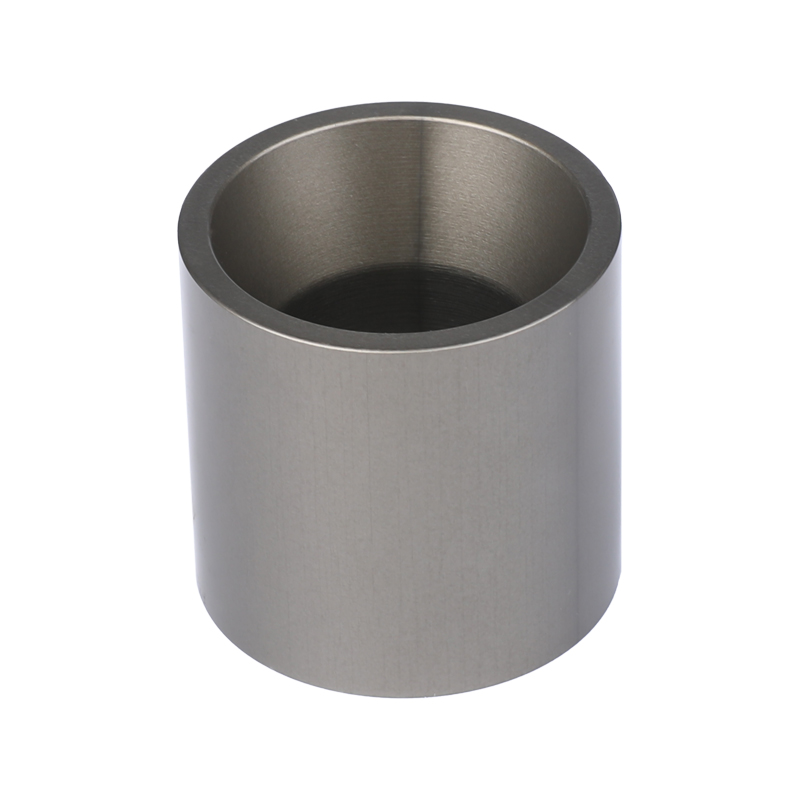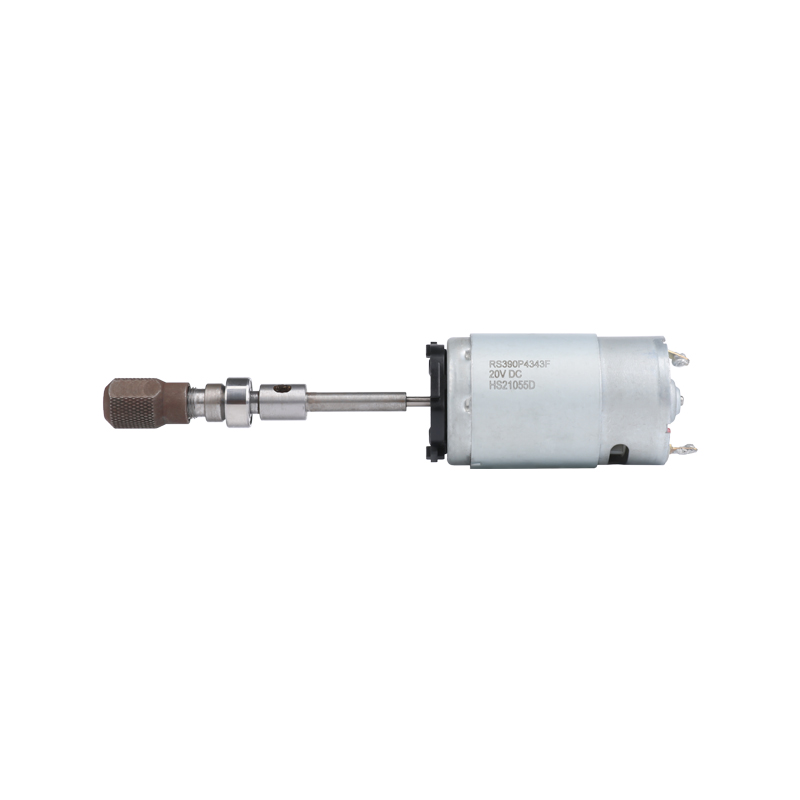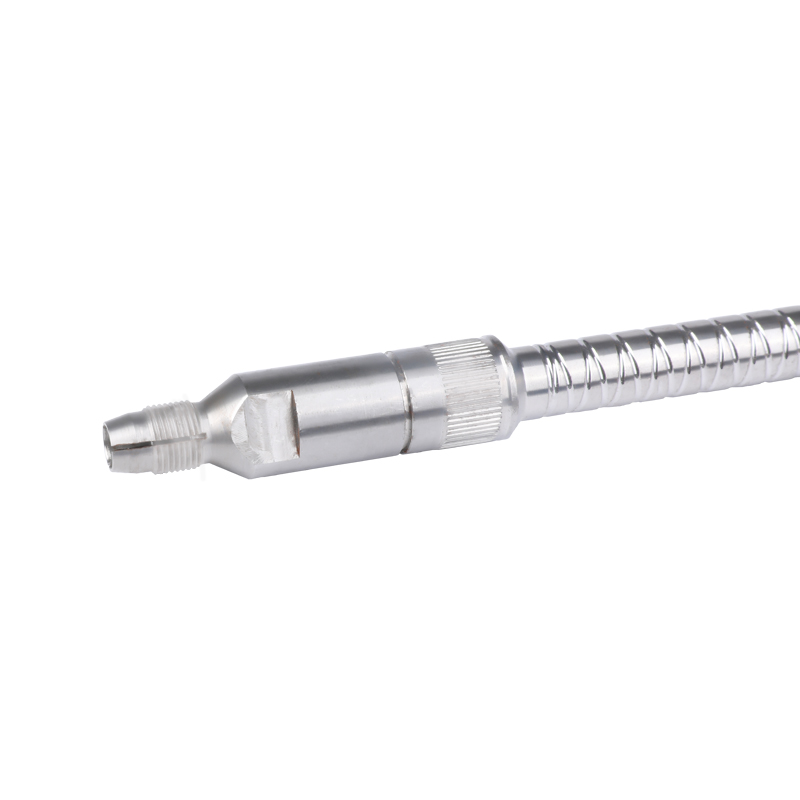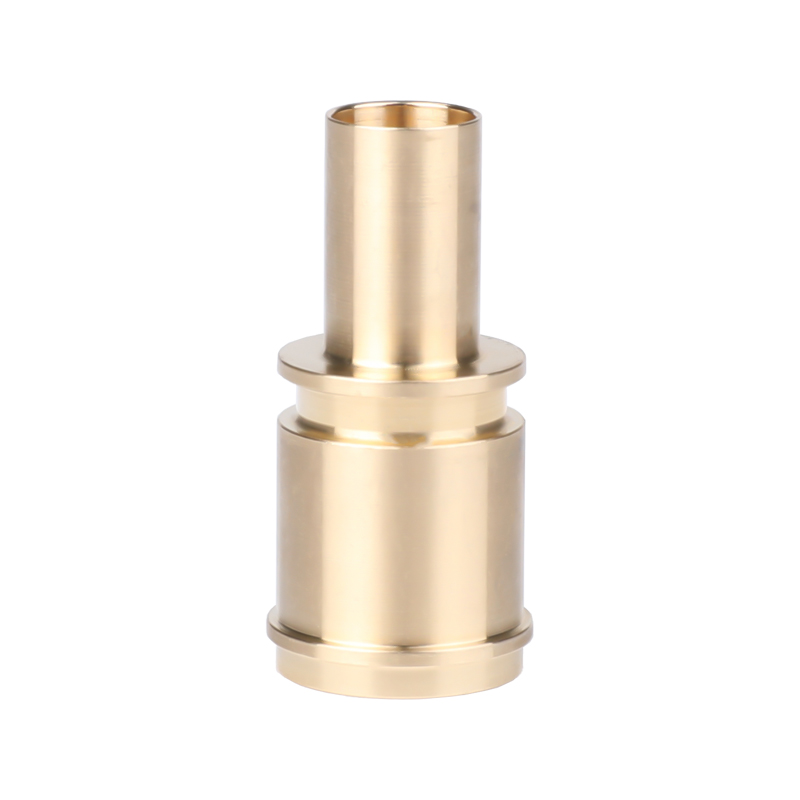In the complex network built by modern electronic devices, connectors, as key hubs, bear the heavy responsibility of signal and current transmission. The precision-machined surface nickel-plated connectors of customized copper parts processed by automatic lathes occupy an important position in various electronic systems due to their excellent performance. Among its many characteristics, the high wear resistance given by the nickel plating process plays a vital role in ensuring the stable operation of the connector.
In actual use scenarios, connectors are frequently plugged in and out. Whether it is a computer interface that frequently connects to peripherals on a daily basis, or a connection part in industrial equipment that needs to be repeatedly plugged in and out due to maintenance and debugging, its contact parts are subject to high-intensity friction. Copper, as a commonly used connector base material, has good conductivity, but the copper surface that has not been specially treated will show its wear resistance shortcomings under repeated friction. Because copper is relatively soft, the friction generated by each plugging and unplugging will gradually destroy the microstructure of the copper surface, causing scratches and wear on the surface. As wear intensifies, the physical form of the contact part changes, and the contact surface that was originally tightly fitted becomes rough and uneven, and the contact resistance increases accordingly. The increase in contact resistance is like setting up many obstacles on the road of current and signal transmission, resulting in increased energy loss during transmission and reduced signal transmission quality. In severe cases, it may even cause signal interruption, affecting the normal operation of the entire electronic system.
The surface nickel plating process is like putting a solid "armor" on the contact part of the connector, which effectively solves the problem of insufficient wear resistance of the copper surface. The hardness of nickel metal itself is significantly higher than that of copper, which makes the surface of the connector after nickel plating have stronger friction resistance. When subjected to plug-in friction, the nickel plating layer can resist the damage of friction with its higher hardness, greatly reducing the surface wear rate. From a microscopic perspective, the structure of the nickel plating layer is compact and orderly. At the atomic scale, nickel atoms are arranged regularly, forming a dense and stable microstructure. This compact structure plays a key role in the plug-in process. When friction acts on the surface of the nickel-plated layer, its compact microstructure can evenly disperse the concentrated friction force to a larger area, avoiding rapid wear caused by excessive local stress concentration. For example, the surface of copper without nickel plating is like loosely arranged sand grains, which are easy to scatter under the impact of friction; while the nickel-plated layer is like tightly stacked bricks, which can effectively resist external impact and maintain surface integrity.
The nickel plating process not only improves the initial wear resistance of the connector surface, but also shows good durability during long-term use. With the increase in the number of plug-in and unplug times, the wear of the copper connector without nickel plating continues to accumulate and the performance continues to deteriorate; while the nickel-plated connector, due to the effective protection of the nickel plating layer, its contact parts can still remain relatively smooth and flat after long-term use, and the contact resistance is stable at a low level, ensuring that the signal and current transmission are always efficient and stable. This feature is particularly important in fields such as communications and medical care that require extremely high stability. For example, in communication base stations, connectors need to withstand high-speed transmission of massive amounts of data and frequent equipment maintenance plug-in and unplug operations for a long time. Nickel-plated connectors, with their excellent wear resistance, can ensure the stable operation of base station communication systems, avoid communication failures caused by connector wear, and ensure the timeliness and accuracy of information transmission.
Automatic lathes are used to fine-process customized copper parts and precision-process the surface nickel-plated connectors. The nickel plating process significantly improves the wear resistance of the contact parts. This process uses the high hardness of nickel metal and the tight microstructure of the nickel plating layer to effectively resist friction damage during the plug-in process, reduce contact resistance changes, and ensure the stability and reliability of signal and current transmission. As electronic technology continues to develop in the direction of miniaturization and high performance, the requirements for connector performance are becoming increasingly stringent. The nickel plating process will also continue to optimize and innovate, providing a solid guarantee for the stable operation of connectors in more complex and harsher use environments, helping electronic equipment to continuously break through performance and promote the entire electronics industry to a new stage of development.

 English
English Español
Español 日本語
日本語 中文简体
中文简体